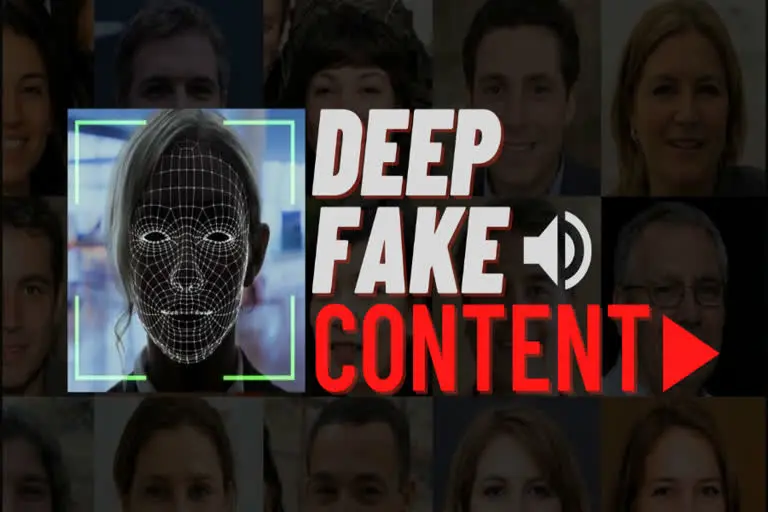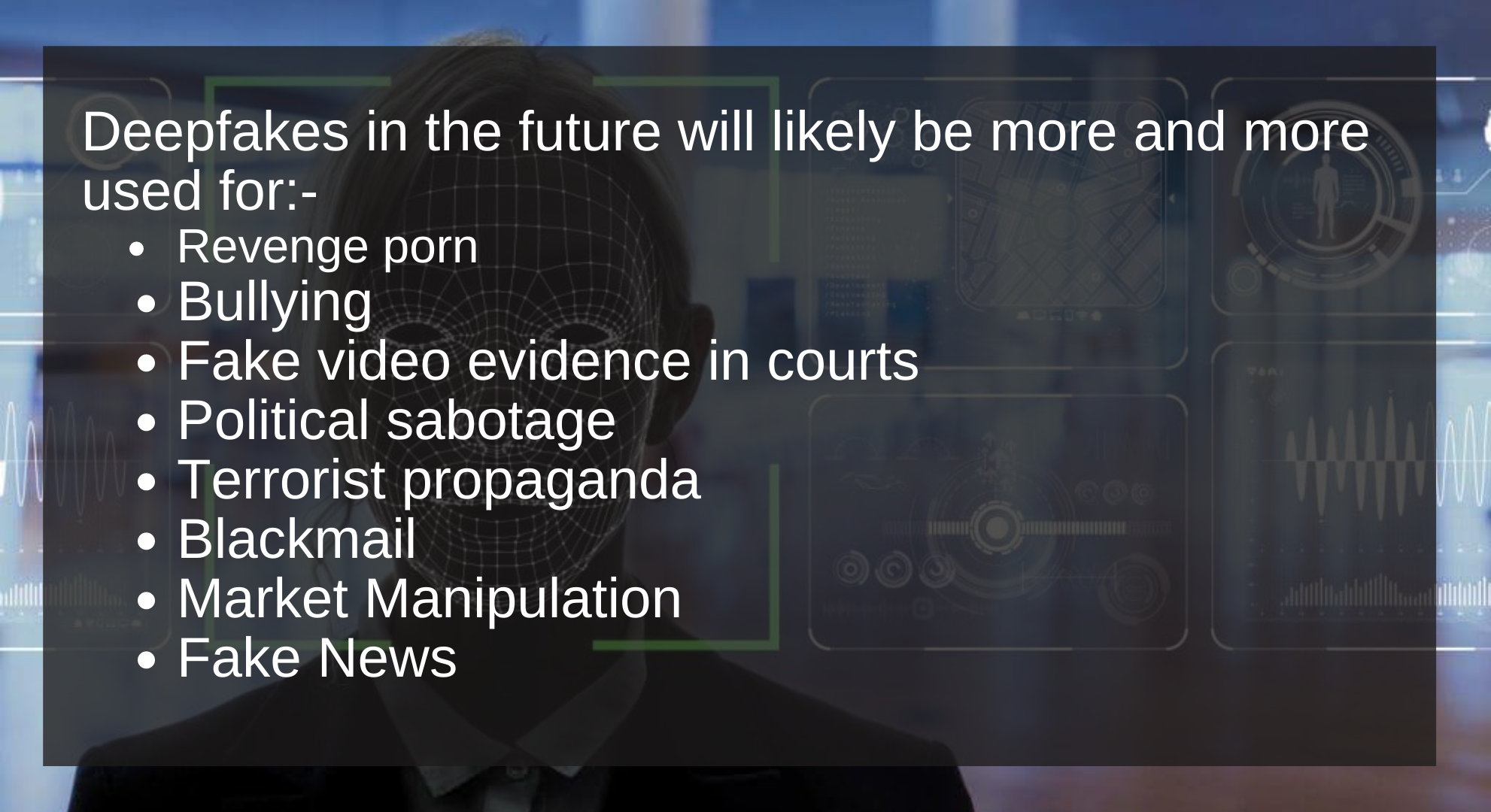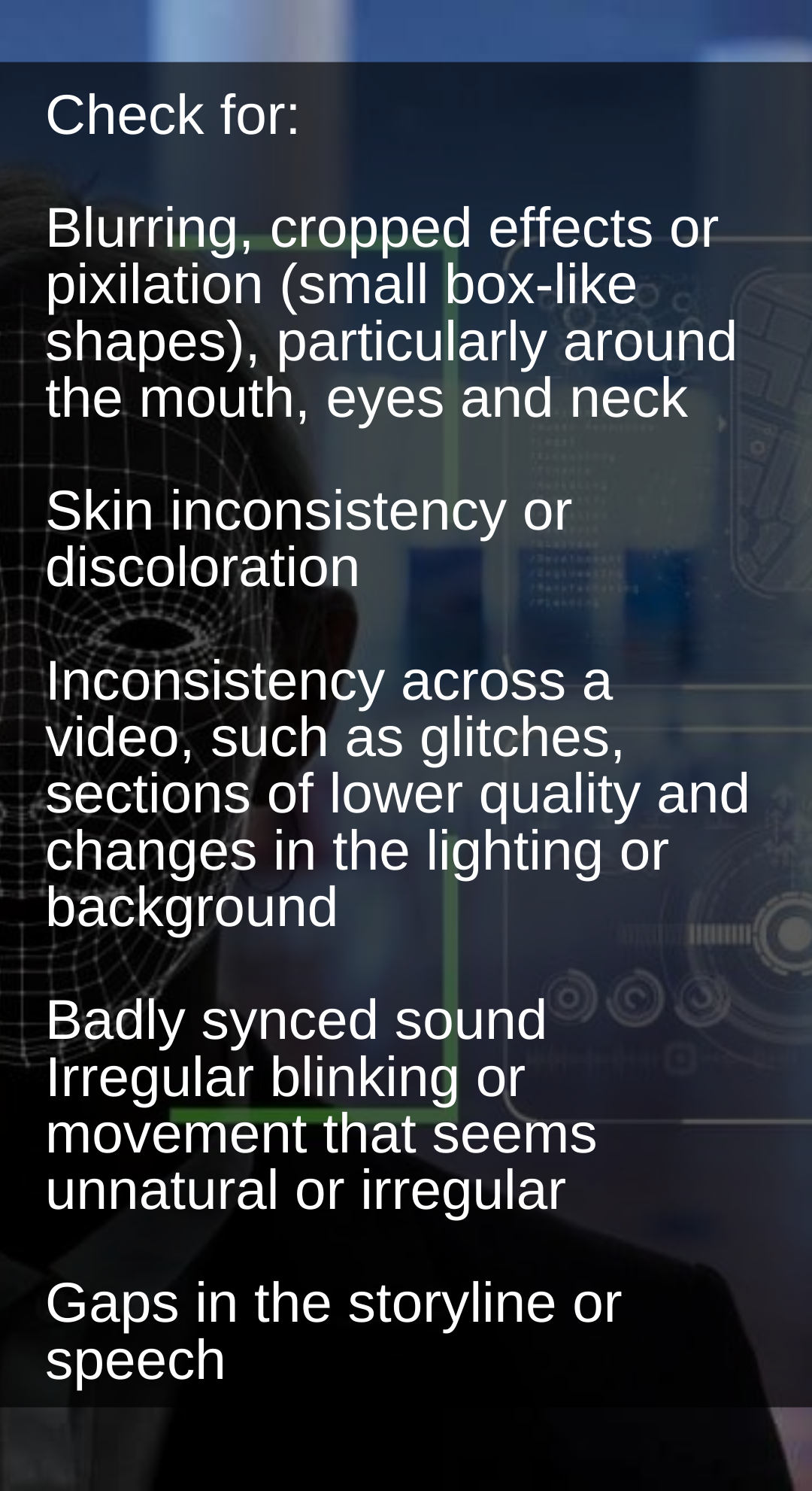
Deepfakes are super-realistic videos, photos, or audios that are digitally manipulated to portray an individual saying and doing things that actually never happened. Advice for dealing with Deepfakes is explained by Col. Inderjeet Singh, DG, CSAI
Delhi : Col. Inderjeet Singh, Cyber Security Expert, Director General, Cyber Security Association of India explains how Deepfake is emerging as a dark side of Artificial Intelligence. And yes, quite an insidious one!. The amount of Deepfake content online is growing at a rapid rate. According to a report from startup Deeptrace, at the beginning of 2019, there were 7,964 Deepfake videos online and just nine months later this figure had jumped to 14,678. It has no doubt continued to balloon since then.

What is Deepfake?
Deepfakes, a hybrid of “deep learning” and “fake,” are super-realistic videos that have been digitally edited to represent someone speaking and doing things that never happened. Deepfakes rely on neural networks to learn how to imitate a person’s facial expressions, behaviourism, voice, and noises by analysing large datasets.

Purposes for which deepfake content can be used
Deepfake prioritises social media platforms because rumours, conspiracies, and misinformation spread quickly and people like to follow the herd. The bad news is that regular individuals, not only businesses, organisations, and celebrities, should be alert.
Also Read: Insight into Twitter hacks using Bitcoin Scam by Col. Inderjeet Singh, DG, CSA
Imagine getting a video call from a colleague asking for specifics on a top-secret project your team is working on, says Col. Inderjeet. What if the call is a Deepfake set up by one of your competitors? It would completely demolish whatever competitive edge you hoped to gain from the new product’s debut. Not to mention the fact that the information might jeopardise your job.
On the one hand, artificial intelligence has the potential to improve many aspects of our life. On the other side, it has the potential to create wholly new and deadly entities, such as Deepfakes. All of this necessitates new approaches to combating AI cybercrime.
Also Read: Threat Group APT29 targets COVID-19 Vaccine Development
Fighting Deepfake has been made public all over the world. I believe that governments all over the globe should step in forcefully, prohibiting the development of the technology and enlisting the help of all those who know about this to modify the software so that there are tells and techniques to decipher the videos and determine who generated them.
If the technology gets past the sieves set up to slow/stop it, an independent source should record all major debates as a matter of policy, and where a Deepfake is detected with the help of social media and internet companies, the video should be deleted, the author imprisoned, and the real video replaced.
Deepfakes may now be discovered using a variety of ways of examination. AI is sometimes used to “fight” the AI that generated it. Col. Inderjeet’s advice for dealing with Deepfakes includes the following:-

You can follow Col. Inderjeet on Twitter: @inderbarara
Also Read: Phishing attacks on the rise during COVID-19 pandemic










